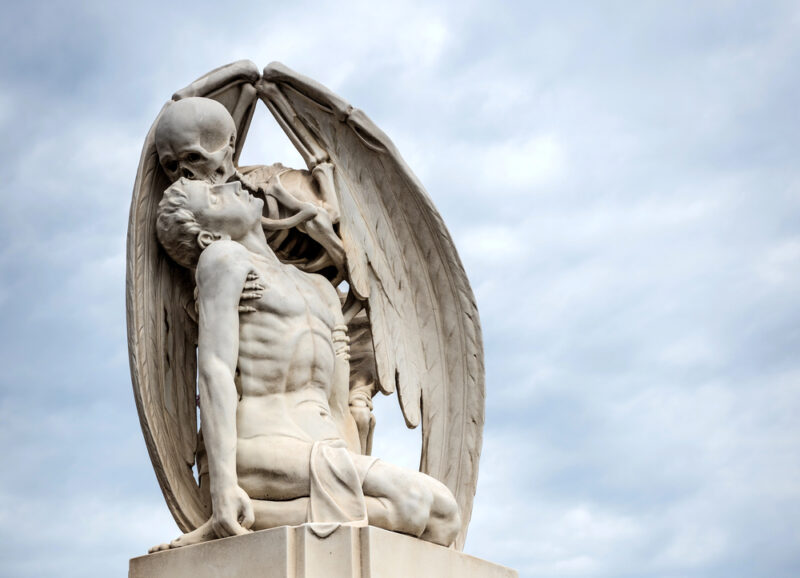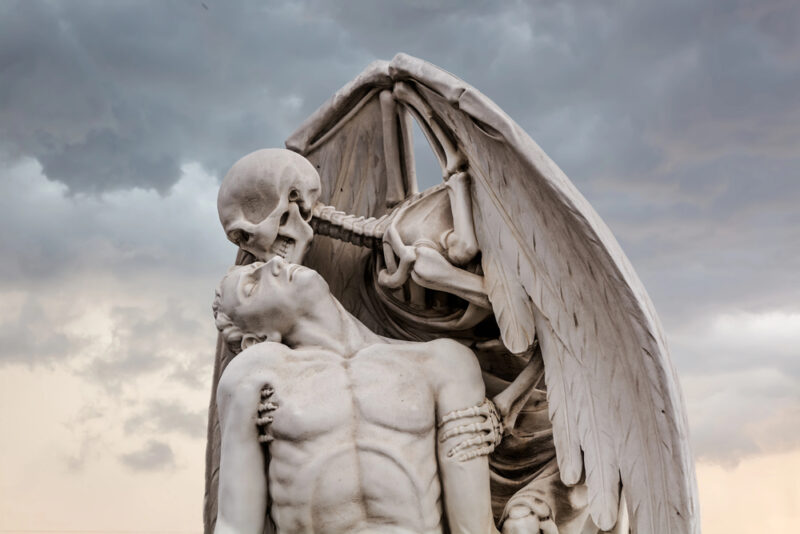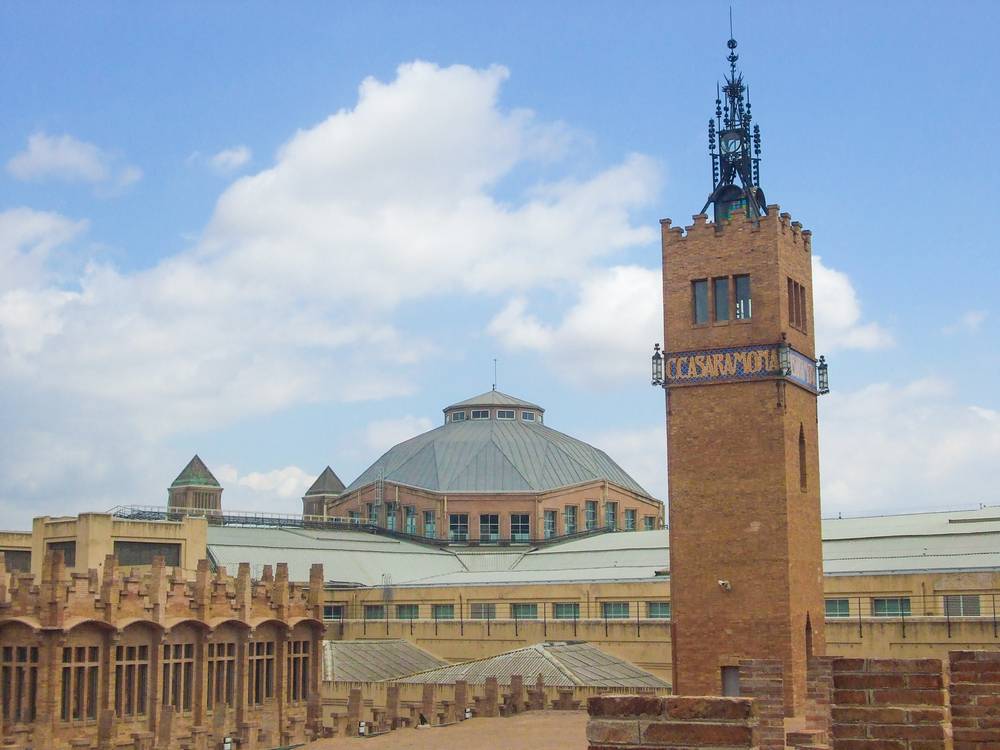The Poblenou cemetery in Barcelona is a fascinating place, full of hidden stories and urban legends. Despite the solemnity of its surroundings, this site offers a unique glimpse into the past lives of the city. It can be considered a small open-air museum that houses artistic and urbanistic trends of bygone eras. Like a history book, the tombs and pantheons narrate tales of famous and unknown people, who for some reason have managed to elude the clutches of oblivion.
the origin of an iconic cemetery
The Poblenou cemetery stands out for being the first modern cemetery in Barcelona dedicated to funerary purposes. It was designed by the Italian architect Antonio Ginesi, who rebuilt it in 1819. The original cemetery was razed by Napoleonic troops in 1775. This later design followed a neoclassical style, and the space exuded an aura of order and equality. The columns at the entrance, with mythological figures crowning them, are its characteristic signature.
Historically, burial places were located near churches or in small parish cemeteries. But the Poblenou cemetery marked a turning point, being built beyond the city walls. Curiously, at that time, the land near the beach where it is located was sparsely inhabited.
the iconic statue of the kiss of death
Whoever visits this cemetery cannot fail to notice the most emblematic sculpture of the place: the *Kiss of Death*. This statue is inscribed with verses by the illustrious poet Jacint Verdaguer. The family of Josep Llaudet, a young textile manufacturer, ordered its elaboration after his death. Although its exact authorship remains a mystery, the piece is a masterpiece that symbolizes the serene acceptance of death, representing it as an ally in eternal rest.
tombs of prestige and imposing pantheons
In addition to its funerary art, Poblenou houses an area dedicated exclusively to the wealthy bourgeoisie, created in 1894 by the architect Joan Noalla. This space is an impressive display of pantheons and sculptures that denote the prestige and economic power of its owners. Among the most illustrious residents of the cemetery are figures such as the banker Evaristo Arnús de Ferrer, the lawyer and first mayor of the city José Mariano de Cabanes i de Escofet, and the famous family of Mary Santpere.
the santet of Poblenou, a history of faith and devotion
However, the most popular tomb does not belong to the city’s royalty. It is that of a young man named Francesc Canals i Ambrós, better known as the “Santet de Poblenou”. At 22 years old and of humble origins, Canals was much loved by his neighbors. His story is brought to life by accounts of his *premonitory dreams*, one of which centered on a future fire in a famous Barcelona warehouse.
Barcelona will have the first public cemetery for pets by 2024
This story, together with the popular belief in her ability to perform miracles, has given rise to a cult around her figure. So much so that in 1908, the Barcelona City Council found it necessary to move her tomb to a more accessible area due to the large number of devotees who visited her. Even today, the tombstone of the Santet is filled with offerings and letters, testimony of a faith that crosses the threshold of death.
the rise of necrotourism in Barcelona
As necrotourism or cemetery tourism gains momentum, the rich history of the Poblenou cemetery has made it a popular destination. The Barcelona City Council, aware of this interest, offers guided tours of its cemeteries, also covering Montjuïc. Visitors can delve into the city’s past, discovering stories and monuments that have stood the test of time.
This unique necrotourism allows you to admire the sculptural art and meet characters that wander through the lesser-known pages of Barcelona’s history. Poblenou comes to life through its eternal narratives, where each tomb and each shadow tells a unique story.





